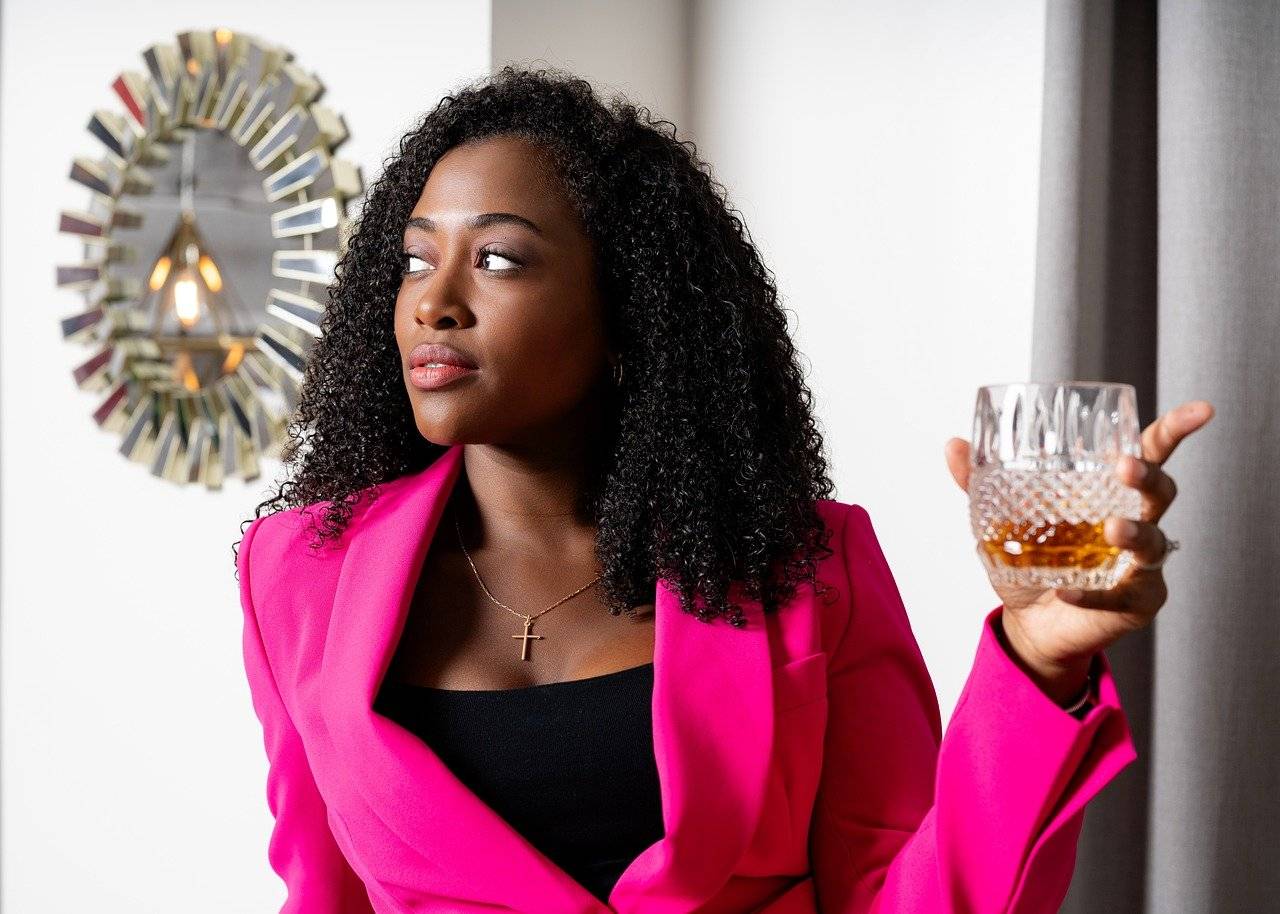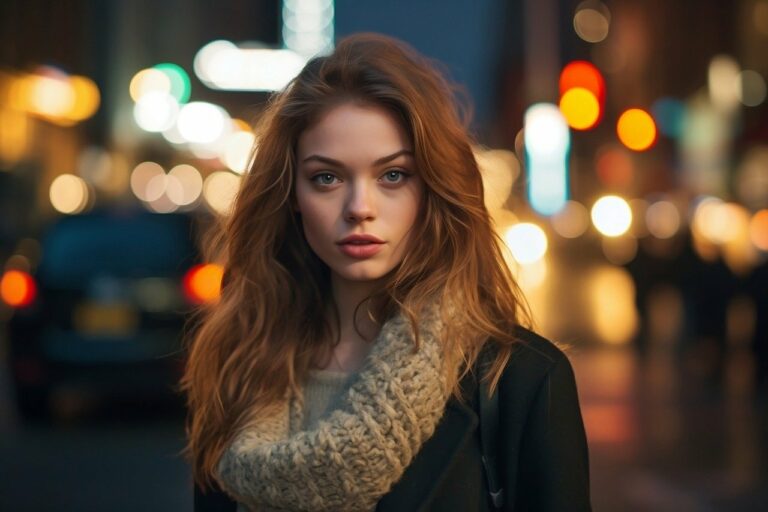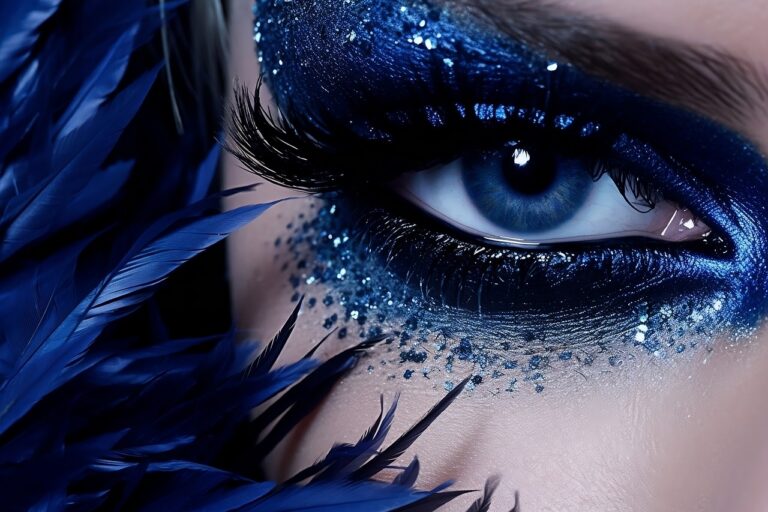Fashion and Body Image: Representation of Diversity in Fashion Campaigns
Diversity in fashion campaigns is crucial for reflecting the rich tapestry of society. By featuring a variety of ethnicities, body types, genders, and abilities, fashion brands can create a more inclusive and representative image of their audience. This not only promotes diversity and acceptance but also allows individuals from different backgrounds to see themselves represented in the fashion industry, ultimately fostering a sense of belonging and empowerment.
Moreover, embracing diversity in fashion campaigns has the potential to challenge traditional beauty standards and stereotypes. By showcasing a diverse range of models and showcasing unique styles and perspectives, brands can inspire creativity and individuality among consumers. This shift towards inclusivity not only opens up new opportunities for marginalized communities but also paves the way for a more progressive and accepting fashion industry.
Challenges Faced by Marginalized Communities in the Fashion Industry
Marginalized communities in the fashion industry often encounter barriers that inhibit their full participation and representation. Lack of diverse voices and perspectives in decision-making roles can lead to a perpetuation of stereotypes and exclusion of underrepresented groups in marketing campaigns and runway shows. Additionally, limited access to resources and opportunities for skill development further marginalize individuals from diverse backgrounds, hindering their ability to thrive in the competitive landscape of fashion.
Moreover, the prevalence of discriminatory practices such as cultural appropriation and tokenism within the industry exacerbates the challenges faced by marginalized communities. These harmful behaviors not only diminish the authenticity and integrity of fashion campaigns but also contribute to the erasure of cultural identities and narratives. Addressing these systemic issues requires a concerted effort from stakeholders to implement inclusive policies, promote genuine representation, and provide equitable pathways for individuals from all backgrounds to succeed in the fashion industry.
Why is diversity important in fashion campaigns?
Diversity is important in fashion campaigns because it allows for representation of all types of individuals, regardless of race, gender, age, or body type. It helps challenge stereotypes and promotes inclusivity in the industry.
What are some challenges faced by marginalized communities in the fashion industry?
Some challenges faced by marginalized communities in the fashion industry include lack of representation, discrimination, limited opportunities for advancement, and cultural appropriation. These communities often struggle to have their voices heard and faces seen in the mainstream fashion world.
How can the fashion industry work towards inclusivity for marginalized communities?
The fashion industry can work towards inclusivity for marginalized communities by actively seeking out diverse talent, promoting diversity in their campaigns and runway shows, implementing inclusive hiring practices, and listening to the concerns and needs of marginalized communities. Collaboration with community organizations and advocacy groups can also help create more opportunities for representation and empowerment.





